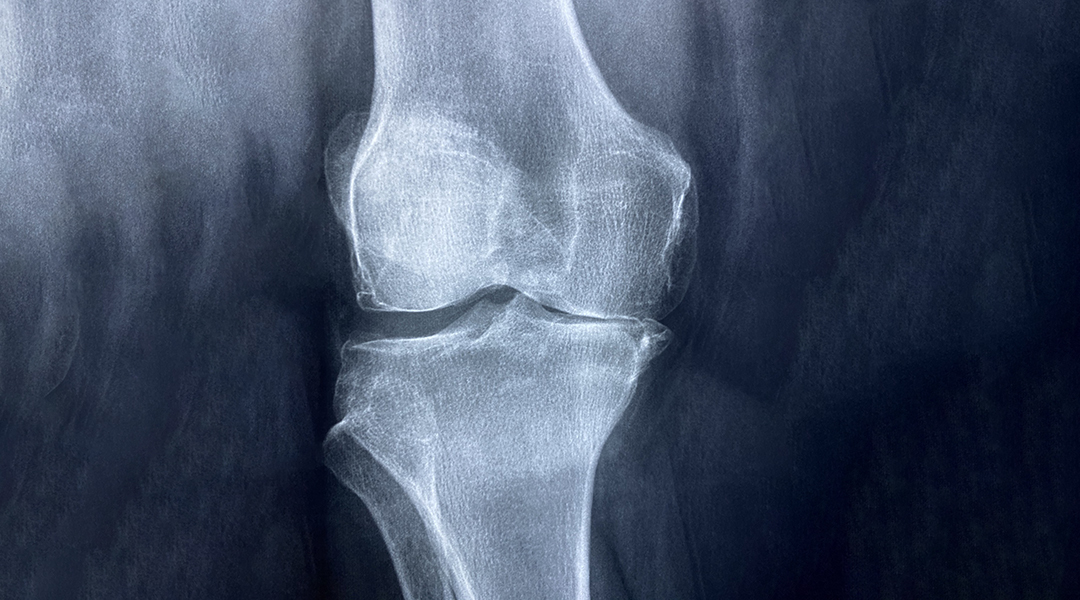Bacteria-killing micromotors, microscopic patchworks, and DNA fibers decorated with self-made “smileys” — science has never looked better.


Bacteria-killing micromotors, microscopic patchworks, and DNA fibers decorated with self-made “smileys” — science has never looked better.

With research groups spread over two continents, Osier is striving to eliminate malaria through her groundbreaking work in immunology, advocacy and awareness.

Polypeptides that selectively induce calcification of cancer cells could improve early detection and limit the progression of lung cancer.

Here we take a look at how CRISPR, the revolutionary “molecular scissors”, works and where its being used.

A new hydrogel can incorporate high cell density constructs to better mimic the rearrangement of native tissue in bioengineering.

The Achilles heel of supercapacitors as energy storage devices, is gradually being overcome.

Stem cells found in the lungs can be redirected to the heart using a new inhaled antibody therapy to help boost healing following a heart attack.

Researchers use an enhanced technique to pattern unaltered cells within a 3D hydrogel, allowing them to recreate complex biological tissue for regenerative medicine.

Animal testing remains a principle screening tool in the drug discovery pipeline, but are they reliable and could there be alternatives to replace them?

Researchers engineer a hydrogel that recapitulates biophysical changes in the tissues surrounding tumors to investigate how stiffness impacts the mobility of invasive and non-invasive cancer cells.